How to cook perfect prime rib (closed oven method)
How to cook prime rib that’s juicy, tender and perfectly cooked without a lot of fussing and fretting is easy with a simple closed oven method. Seasoned to perfection, get ready to slice off your own little (or big) bit of beef heaven and celebrate in style.

What is a prime rib?
Prime rib is a specific cut of beef that comes from the front section of the backbone of a steer (a bull that’s been castrated) called the rib primal and is primarily for support. Because the muscle doesn’t need to do a lot of work makes it very tender.
You may find prime rib under other names like standing rib roast or holiday roast and it’s the same cut used to make ribeye steaks.
What’s the difference between prime and choice beef?
The word “prime” is addressing the quality and marbling or distribution of fat throughout the lean parts of the beef. For years beef came in three choices: Prime, Choice or Select. Recently the Prime label is being used less and less and has been almost completely replaced by Choice selections at supermarkets.
When you purchase yours, ask your butcher if it is Prime or Choice–it will likely be Choice which has slightly less marbling than Prime but will still be wonderful.
Where do I buy the roast and what do I ask the butcher to do to it?
If you have a good butcher in town, start there. I don’t have any local butcher shops so I went to Kroger where there is an actual butcher. Don’t think for one minute you can stroll up to the guy who unloads sausage in the meat section at Walmart and ask him for a prime rib.
There are no butchers in any Walmart. I know some Sam’s Clubs and maybe even Costco sell them as well.
When you pick it up, make sure you tell the butcher:
- How many ribs you want. (3 ribs serves about 8-10 people)
- To take off the ribs and tie the roast to it. (You can take them off yourself, but it’s easier to let the butcher do it)
- That you’d like the cut with the biggest fat cap on it if possible.
You may not see any prime ribs out on the shelves at the store. If you don’t, just ask. It will probably have to be custom cut from meat they keep in the back. If you find one on the shelf and it has the ribs still in, just take it to the butcher counter and ask them to cut the ribs off and tie it for you.
Tools you absolutely have to have to make this work. Period.
There are only a couple of tools you need to cook a prime rib but they are essential. If you don’t have them, don’t try.
A meat thermometer. The most essential is a (affiliate link) meat thermometer. You need one that has a cable on it that keeps one end on your counter and one end in the meat or a fancy one that connects to your phone would also work. You just can’t be opening the oven to check things so use one that keeps the display where you can see it constantly. Meat thermometers are not expensive and will tell you exactly when your standing rib roast is ready. (affiliate link) This one is affordable, easy to use and does the job.
A roasting pan. You need a pan made for roasting. You won’t need the metal rack they come with (the ribs of the beef serve that purpose) so just set that to the side. Roasting pans are just deep enough to catch the splatters but not so deep that they hold in steam and make your meat soggy on the outside. (affiliate link) I like this affordable one in stainless steel to avoid the chemicals in non-stick pans.
How many people will one prime rib feed?
Portion sizes of prime rib are referred to as the number of “ribs” or “bones”. The thickness of three ribs will feed 8-10 people depending on how many side dishes and extras you have. Most butchers estimate one pound per person–that’s a lot of meat for me but you’ll know your people and how much they eat better than anyone.
I served a three rib, 8-pound roast to my family of 7 and had one pound left over and they were HUGE eaters so that’s pretty close to on par with one pound per person.
What temperature do I cook my beef to?
Beef is it’s most juicy and flavorful between 130 and 135. That’s medium/medium rare. Prime rib should never be cooked to well done. If you have people you’re serving who don’t like pink in their meat, serve them the edge slices. Those will be more well done.
With the closed oven method, my prime rib didn’t increase in temperature once I took it out of the oven but if you use another method you can expect your meat to increase in temperature by up to 10 degrees after you take it out so plan accordingly and remove it a few degrees cooler than you’d like it to be.
Use this guide to determine what temperature you’d like your prime rib to be:

How to prepare prime rib for oven roasting step-by-step
Step 1: Bring your prime rib roast to room temperature. If your roast is cold in the center it will make it hard to roast evenly. Bring your roast out 3-4 hours before you want to cook it and leave it on the counter. I know that feels terrible to do but it’s okay, I promise.
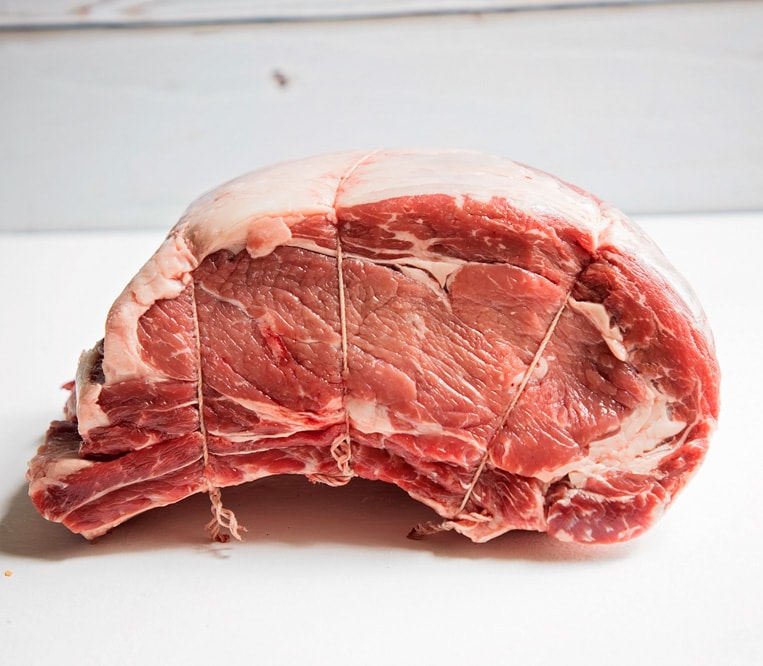
Step 2: Preheat the oven to 500 degrees and prep the meat. Rub the roast all over with butter (a note on this to come) and a blend of Herbs de Provence. This is a spice blend you can find in just about any grocery store or here on Amazon. Then sprinkle with kosher salt until it’s evenly coated on all sides. Don’t be stingy with the salt. I used a couple of tablespoons on an 8 pound roast. Lay the roast (rib side down) into a rimmed roasting pan and insert a meat thermometer into the thickest portion, not touching any bone.

Step 3: Slice 4 russet potatoes in to 1/2″ or thicker pieces and lay them around the meat. You don’t have to eat these (but Lordy they are delicious)–they are only there to catch the butter drips and prevent any fat that drips off from smoking and burning. Try to just get an even layer of potatoes in your baking pan.

Step 4: Calculate your cook time. You need to estimate 5 minutes per pound. Look at the label that came on your meat to know exactly how much it weighs. Multiply that number times 5 and that’s the number of minutes to cook your roast at 500 degrees. My roast was 7.95 pounds x 5=39.75 minutes or 40 minutes total.
NOTE: If you have a large roast you plan to split into two, as long as you have plenty of space between them for air to circulate, you can treat them as a single roast. Example: A 16 pound roast split into two 8 pound roasts would cook for 40 minutes.
Step 5: Roast and monitor. Cook the prime rib at 500 degrees for your calculated time then turn the oven off and do not open the door. I mean it. Do not open it for anything for 2 hours. During that time, watch your thermometer–you are aiming for a roast that’s about 130 degrees before you take it out of the oven. Read below for steps to take if your oven cools off to quickly.
Step 6: Rest. Once your beef reaches 130 degrees, remove it from the oven, try not to drool all over yourself and let it rest uncovered until the internal temperature is 120 degrees. Just leave your meat thermometer in it and wait. This step took an entire hour for me so make sure you plan for it. You don’t want those precious juices rolling out all over your counter.
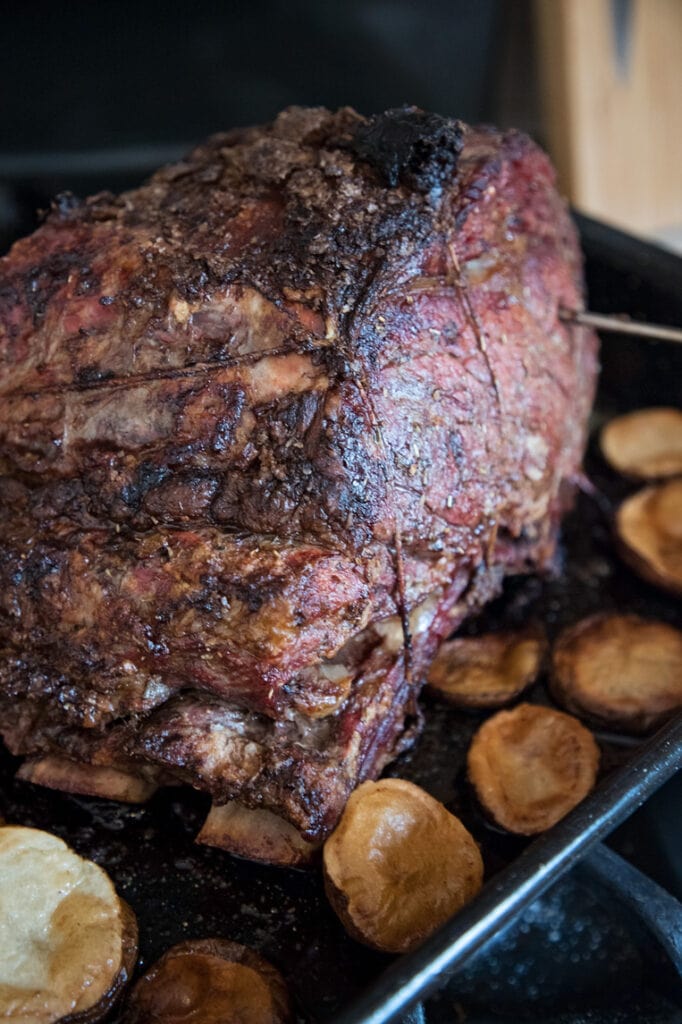
What to do if your oven cools off too quickly and your meat stops cooking
The closed door method for cooking prime rib is supposed to be simple and it is for the most part. But today’s ovens create some challenges with this method (which was created ages ago when ovens were solid) because most just don’t hold heat like they used to and some come with fans in them that automatically kick on to cool an oven down after use. If you have an oven with an automatic fan, this method may not work for you.
When cooking mine, I wanted my meat to get to 130 degrees. After one hour with the oven off it reached 125 and I was worried it would overcook. But it sat there. And sat there. After 20 minutes the temperature hadn’t budged. You should see the temperature on the meat going up a degree or two every 10 minutes or so and mine had stalled. If yours stalls or starts to drop at all, take action.
To fix this problem:
- Keep the door closed but turn the oven to 270 degrees. When mine kicked on to preheat, sure enough the temp was 125 inside. Way too cool.
- Allow the oven to preheat to 270 and leave it on at that temperature for 5 minutes, then turn the oven off again. It may take 5 or 10 minutes for the heat to begin to penetrate but watch your meat thermometer and don’t sweat it.
- When your prime rib gets to 130, just take it out even if the 2 hours aren’t up yet. Mine came out 15 minutes early and was still perfect.
If your meat was really cold when you put it in the oven initially, you may have to do this process a couple of times or leave your oven on 270 for 10 to 15 minutes to really help the prime rib get going. Remember: you won’t ruin it as long as you don’t overcook it. You have a meat thermometer to help you with that, so you’ll do fine!
What to serve with prime rib
Above all, you must have horseradish sauce. I make mine from just good mayonnaise and prepared horseradish but you can also buy it pre-made. Don’t you dare put A-1 on something this delicious. (My daughter does but we won’t talk about that.)
Next, you’ll want to balance the richness of the meat with some lighter items. Try reading up on 25 of my favorite side dishes for beef tenderloin. You’d also like:
- Pear and Gorgonzola Salad
- Sautéed green beans with mustard and shallots
- White cheddar popovers
- Browned butter brussel sprouts
Plan the perfect meal with these side dishes

How to cook perfect prime rib (closed oven method)
Equipment
- Oven thermometer with attached probe
Ingredients
- 1 8 pound standing rib roast (prime rib) *See Note 1
- 1/2 cup butter softened, *See Note 2
- 2 tablespoons herbs de provence
- 2 tablespoons kosher salt
- 3 large russet baking potatoes
Instructions
- Remove the prime rib from the refrigerator 3 to 4 hours before cooking so that it can come to room temperature.
- When ready to roast, preheat the oven to 500 degrees and move your oven rack to the lower third.
- In a bowl, mix the butter and herbs de provence. Cover all surfaces of the meat.
- Generously coat the surface of the meat in kosher salt.
- Place the roast ribs down into a roasting pan and insert a meat thermometer into the center of thickest section, not touching the rib bones on the bottom.
- Wash the potatoes and slice them in to 1/2" slices. Lay them in an even layer around the prime rib to catch drips and prevent the butter from smoking and burning.
- Roast your prime rib at 5 minutes per pound. (For an 8 pound roast that's 40 minutes). Then turn the oven off and leave the door closed for two hours.
- Monitor the temperature of the meat. If the temperature fails to climb for 15 minutes or begins to fall, turn the oven back on 270 degrees for 5 minutes then turn it off again. Wait 10 minutes for the heat to reach the center of your prime rib. Continue to monitor your meat and make sure the temperature slowly climbs a degree or two every 5 to 10 minutes. If it doesn't turn the oven back on in bursts until you reach your desired degree of doneness. In this case that was 130 degrees.
- Remove the prime rib from the oven and leave the meat thermometer inside. Allow the roast to cool to around 120 degrees before slicing, but it's fine to slice it sooner if needed. That process can take up to an hour depending on how large it is.
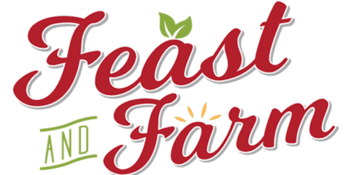
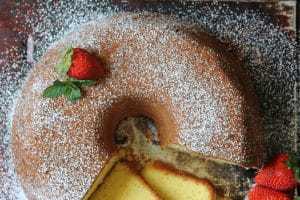
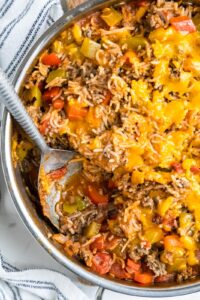
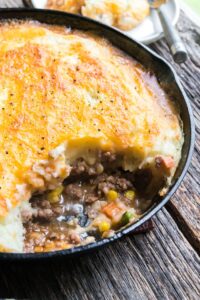
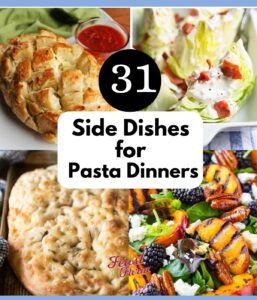
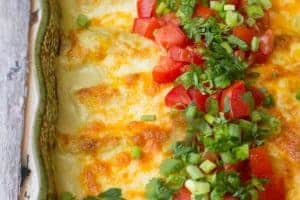
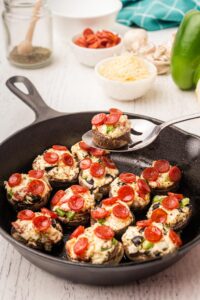
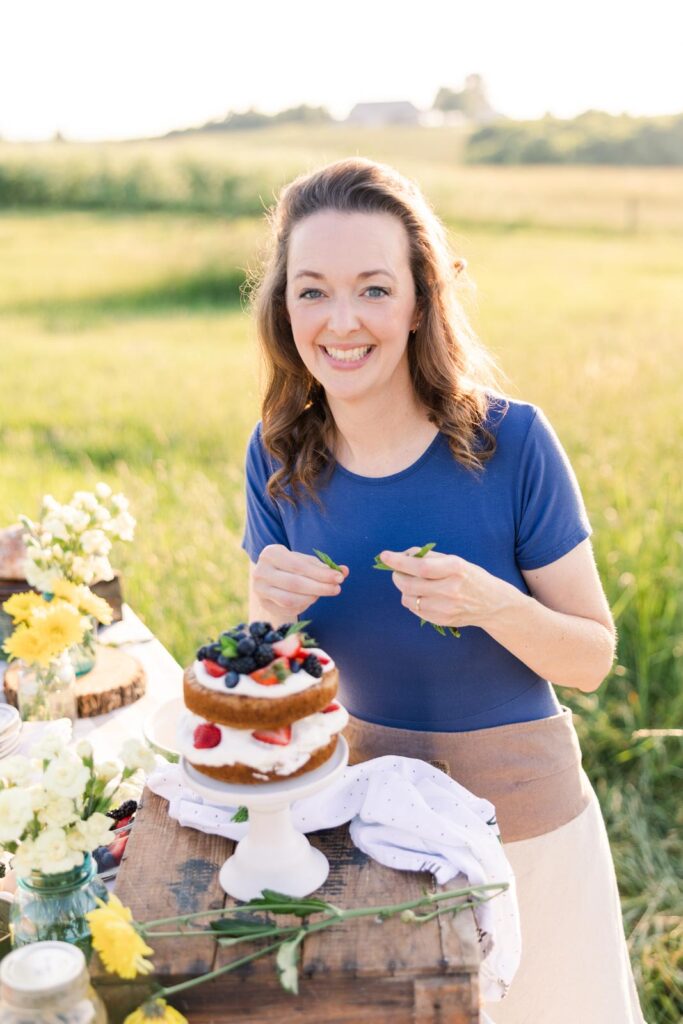
I love the way it come out!! I did buy the thermometer you suggested and was wondering where is the best place to insert it?
I put it right in the center meat, inserted from the side and not top. Make sure it’s not near the bone if you have those tied on.
Question – I also have an 18 lb Roast. You suggest to cut it in ½ to cook . Can you tell me if I now still cook it 18X5 min = 90 minutes or do I now cook it 9 min x 5 = 45 Minutes?????
Yes that’s what I would do. Try to give each roast a bit of room so air can circulate around them efficiently. –Rachel
Sorry Im still confused at your answer.- 90 minutes or 45 minutes for a 18 lb roast cut in 2 pieces (9 lbs each)
So sorry! You asked if you should split them in to two and I said yes and to give them ample space in the oven so that air can circulate well around each roast. Two cut in to 9 pounds each. –Rachel
does this work with a convection oven….do u need to adjust time or temp for a convection oven..thanks
Hi Jim, I’ve not tested it in a convection oven but really convection is just to make the edges of foods crispy so I don’t think it will be a problem. You just don’t want an oven that has a self cooling fan in it that runs when the oven is turned off. You’ll have to turn the oven off at the breaker to make that work. –Rachel
This is absolutely the best way to cook a prime rib roast! We’ve been doing it for about 10 years or so. I always need a refresher on the directions. About 25 years ago, a friend said to season with Pickling Spice (by McCormick) and it is a fantastic choice! I added a little butter this time and did not get the smoking or burning warned about since it wasn’t much. Since the butter melts down, what is the purpose of it? Must know in the event I try more next time. Thank you so much!
Oh how interesting with the pickling spice! With the butter, I think a lot of people use it to help ensure a darker crust on the outside and to help the seasoning stick since this version uses a salt crust of sorts. That’s my best guess. –Rachel
Do you cover the roast with foil, at all????
No Kathy you won’t want to do that. The heat isn’t even on for very long and the crust on the outside is perfect as it is. If you covered it, it would partially steam and not get the great crust.
This method did not work for me , as apparently I have a self cooling oven. Had to put the meat back in 3 times at 270, and even then it never reached 130.
Hey Michael–it sounds like you didn’t have a meat thermometer that could stay in the meat. Is that right? If you noted in the post, I clearly stated that the oven door should never come open during this process and not to attempt the recipe if you didn’t have an indwelling meat thermometer which was linked for you to get. The oven door should not be opened even once–until the meat reaches temp. If you had to put the meat back in three times then that means you took it out three times which also cooled your oven further and slowed the penetration of heat to the middle of the roast. –Rachel
I have a self cooling oven also you need to shut it down with the fuse box. My comes out perfect.
What happens if you have a 2.5 lb. roast, do you still leave it in the oven for 2 hours? Thank you.
Hi Melody, you can use this method with any size prime rib. You’ll just need to follow the instructions in the post for monitoring the temperature. It’s essential that you use a meat thermometer so you can watch your meat during the two hours–you may need to turn your oven off and on to make sure the temperature doesn’t stall out and your meat fails to cook. –Rachel
I have used your recipe multiple times with a normal size roast and it has worked for me every time! Now I am in a quandry because I have 2 commercial ovens and need to cook 75 lbs of Rib Roast.
I have 4 roasts: 17lbs, 18lbs, 19lbs, 25lbs.
I would appreciate any advise you can give me!
Thanks
Carolyn
Oh wow Carolyn. So obviously their different weights are going to mean they reach the proper temperature at different times and if you open the oven door you’re going to lose your heat. If it were me, I’d probably cook the 17,18 and 19 pound roasts together and the 25 by itself. You may have to open the oven to take out the smallest ones and let the 19 pound one keep cooking which would mean turning the oven on and off to get bursts of heat. This is super tricky and honestly not something I would probably try, but that’s the best advice I can give you. I hope it works out okay for you! –Rachel
Thanks for the recipe. I made one once before with the 500 degree method and it’s great. My question is: I really like the idea of laying down the potatoes and suspect that they would make for a delicious bonus. However, I like to make an Au Jus using the drippings. Wouldn’t the potatoes suck up the juice and prevent me from doing this. TIA.
They would soak up most of your drippings Tim. But without them, the butter is going to smoke and burn and that would never make a good au jus either way. :/ –Rachel
You can absolutely! We do pretty much what she does EXCEPT we never use butter!!! We just put on a dry rub. And put small yellow and small red potatoes around the prime rib. The juices we pour out at the end and use as
Au Jus.
Thank you for all the details. I had to turn the oven on again because it stalled, but it came out perfectly. I was so nervous about cooking such an expensive meat, but we were delighted. Definitely a repeat for next Christmas.
I usually have to turn my oven back on a time or two as well Norma! I’m glad you liked it!! –Rachel